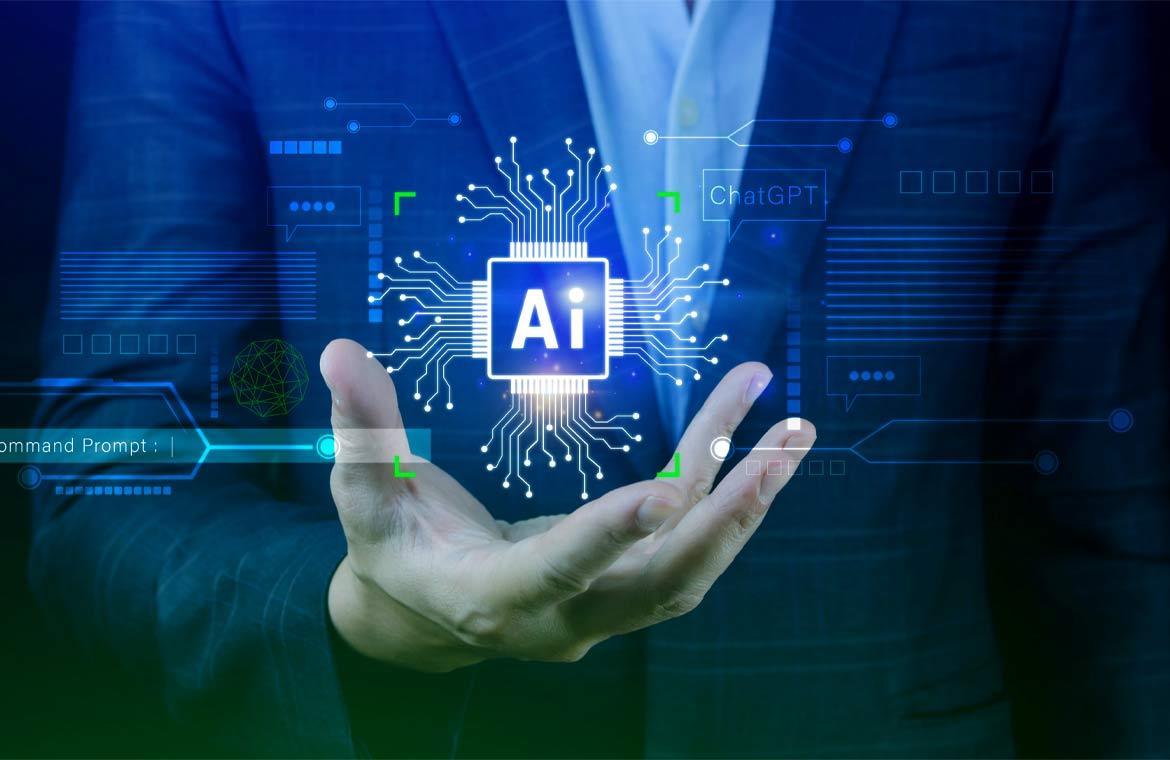
Artificial Intelligence (AI) and Machine Learning (ML) are transforming the technological landscape by enabling machines to mimic human intelligence and learn from data. While AI is a broader concept focused on creating intelligent machines capable of performing cognitive tasks, ML is a subset that uses statistical techniques to allow machines to improve over time without being explicitly programmed. These technologies are at the heart of many modern innovations, from personal assistants to predictive analytics.
Understanding the Core Algorithms
At the foundation of machine learning are various algorithms designed to uncover patterns and make decisions. Supervised learning algorithms, such as decision trees, support vector machines, and linear regression, require labeled data for training. Unsupervised learning methods like k-means clustering and principal component analysis identify hidden patterns in unlabeled data. Reinforcement learning, another key area, teaches machines to make a series of decisions by rewarding desired behaviors. Deep learning, a subset of ML, uses artificial neural networks to simulate the human brain, offering breakthroughs in image and speech recognition.
Real-World Applications of AI and ML
AI and ML have vast real-world applications across numerous industries. In healthcare, they assist in diagnostics, personalized treatment, and drug discovery. In finance, AI-driven systems enhance fraud detection, risk assessment, and automated trading. Retail uses ML for recommendation engines, customer behavior analysis, and inventory management. Additionally, AI is revolutionizing transportation through self-driving vehicles and optimizing logistics and supply chains. The integration of AI in daily life—from voice assistants to smart home devices—continues to grow rapidly.
Challenges and Ethical Considerations
Despite their advantages, AI and ML come with challenges. Bias in training data can lead to unfair or discriminatory outcomes, raising ethical concerns. Additionally, the “black box” nature of some ML models makes it difficult to explain decisions, which can be problematic in critical applications like healthcare or law. There are also concerns about job displacement due to automation. Ensuring data privacy, transparency, and accountability is crucial for building public trust in AI systems.
Future Trends in AI-Driven Technologies
The future of AI and ML holds promising advancements. Federated learning and edge AI aim to enhance data privacy and reduce latency by processing data locally. Explainable AI (XAI) is gaining momentum to make ML models more transparent and understandable. The integration of AI with other emerging technologies like blockchain, quantum computing, and the Internet of Things (IoT) will further amplify their impact. As research progresses, we can expect AI to become more adaptive, autonomous, and seamlessly integrated into all facets of life.
Conclusion
Artificial Intelligence and Machine Learning are reshaping industries and redefining the way we interact with technology. Understanding their algorithms, applications, and future directions is essential for professionals, businesses, and policymakers alike. As these technologies evolve, so too must the frameworks that govern their development, ensuring they are used ethically and responsibly for the benefit of all.



